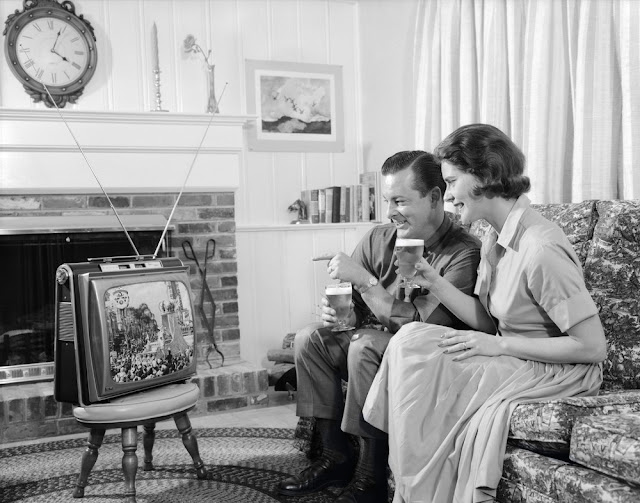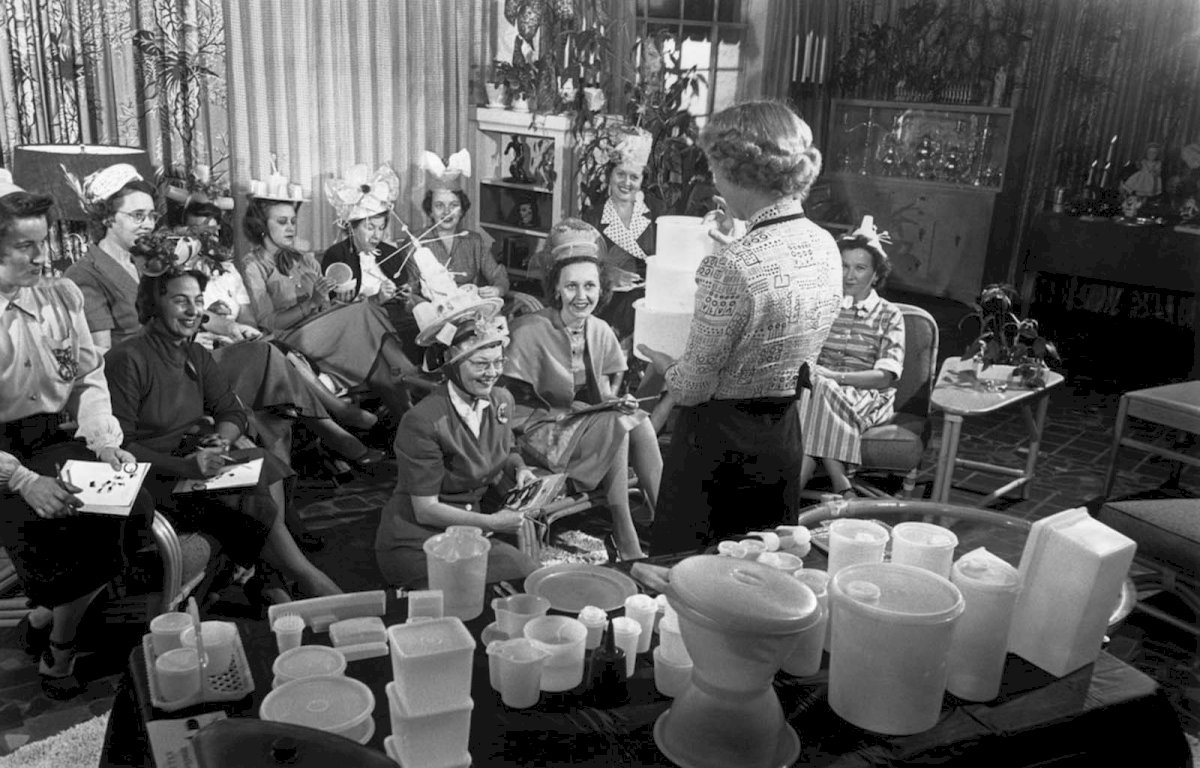Despite its status as a device that defines the modern age, the television has its roots in the 19th century, when scientists found ways to transmit images and sound. Even the word "television," combining Greek and Latin roots to mean "far-sight," stems from the 1900 world's fair.
Perhaps more than any other medium, TV has captured the hearts of people since first becoming available in the late 1920s. And while the power of television has only increased over time, its evolution over the past 80 years clearly illustrates how technology influences consumer behavior, while this change in consumption drives the TV industry to take on new forms that radically alter the way we experience the medium.

|
| People watching a television set at Waterloo station, London, August 1936. (Photo by Fox Photos/Getty Images) |
 |
| Undated (circa 1940s) early family television time. (Photo by Archive Photos/Getty Images) |
 |
| Early days of television in Sweden, 1953. The aerial is mounted by two men in white coats. From the Landskrona Museum Collection. (Photo by IBL Bildbyra/Heritage Images/Getty Images) |
 |
| A family watching television in their home, circa 1955. (Photo by Archive Photos/Getty Images) |
 |
| A couple watching a portable TV in the living room. USA, circa 1960s. (Photo by H. Armstrong Roberts/Retrofile/Getty Images) |
 |
| The first transmission with six monitors to Europe of television programmes from America via the Telstar satellite. 23rd July 1962. (Photo by Midge Aylward/Keystone/Getty Images) |
 |
| The Telstar satellite, designed by Bell Telephone Laboratories for relaying telephone calls, data messages and television signals, is shown in 1962. (Photo by AP Photo) |
 |
| With the start of pay television close in California, John Garrott installs a program selector unit on a television set in Los Angeles, California, July 23, 1964. (Photo by Don Brinn/AP Photo) |
 |
| Prototype VCR shown in the U.K. in 1968. (Photo by Hulton Archive/Getty Images) |








